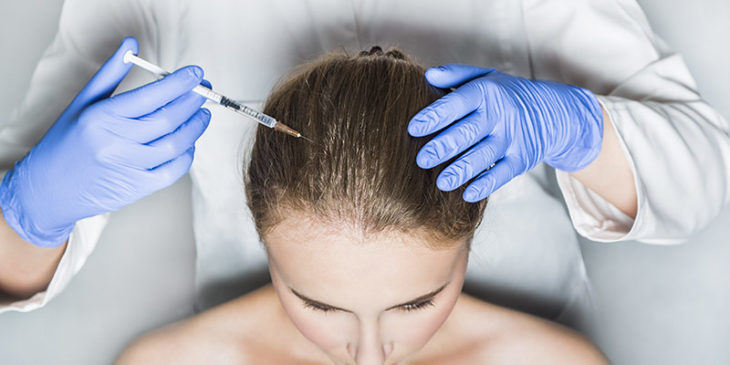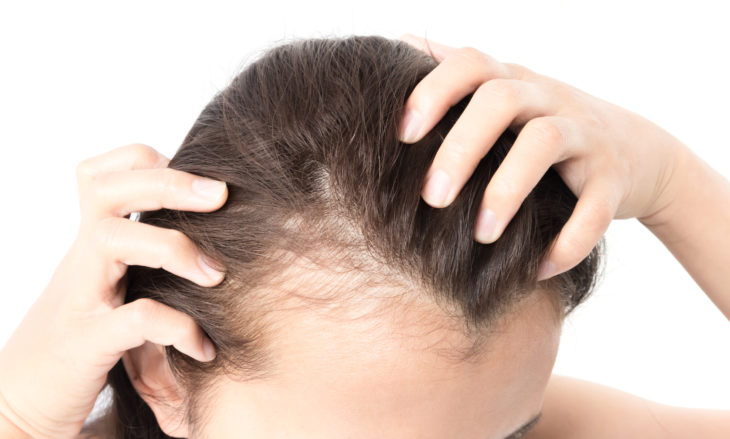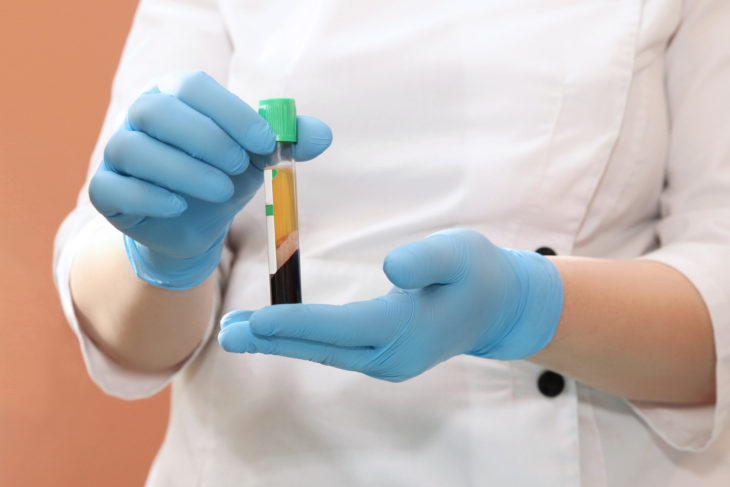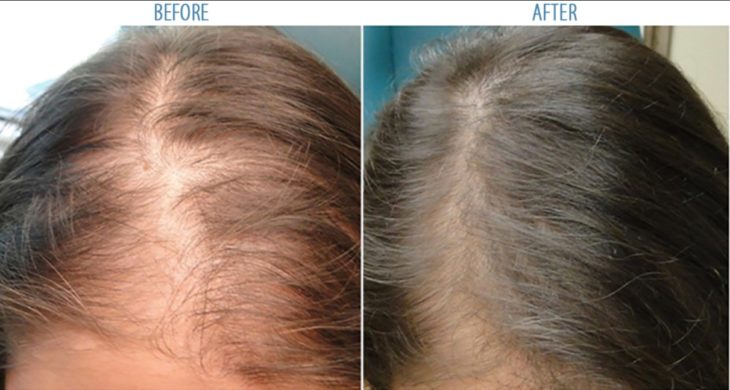Noticing that you’re slowly losing your hair is a scary realization for anyone but the loss of it is not something that needs to completely alter your appearance or affect your self-confidence.
Thanks to advancements in cosmetic medicine, hair loss can be treated. There are even non-surgical options available that don’t require an aesthetic or incisions.
Platelet rich plasma therapy (PRP) has fast become one of the leading treatments in the world and for good reason.
Contents
- PRP for Hair Loss – 8 Things You Should Know
- 1. An aesthetic can be used if you don’t like needles
- 2. Patients can expect an increase in hair volume and thickness
- 3. Hospital stays are not necessary
- 4. Follow-up treatments will be required
- 5. Results are not guaranteed
- 6. The procedure is not covered by insurance
- 7. PRP is more ideal for early onset hair loss
- 8. Results can be seen in 3 to 6 months
PRP for Hair Loss – The Basics
PRP is a great solution for anyone who wants to avoid total balding. The procedure uses potent growth factors in the patient’s own blood to stimulate the hair follicles and encourage normal growth patterns.
The procedure doesn’t take longer than 45 minutes either, which means you can easily schedule it in over your lunch break.
According to HairTransplantsMelbourne, if you are considering PRP therapy, these are the things you need to know.

Source: Oliva
PRP for Hair Loss – 8 Things You Should Know
1. An aesthetic can be used if you don’t like needles
Some patients aren’t always comfortable with the idea of scalp injections and since your doctor will want you to be as comfortable as possible during your procedure, you can request an anesthetic or sedation prior to your procedure.
2. Patients can expect an increase in hair volume and thickness
During a PRP procedure, your red blood cells will be separated from the plasma in your blood, which is what will be injected into your scalp. Plasma contains platelets, which is what your body produces to heal wounds but when this plasma is injected into the scalp, it helps stimulate hair growth, which means you can look forward to a fuller, thicker head of hair according to www.hairandskinscience.com.au.
3. Hospital stays are not necessary
This is a minimally invasive procedure, which means there’s no need for you to schedule an overnight stay in hospital. The only side effects may be some slight redness and swelling but you won’t require any downtime.

Source: janoos
4. Follow-up treatments will be required
To achieve optimal results, you will need to return for monthly injections for several months. In most cases, patients only need to schedule follow-up treatments for three months, after which the treatment will start to take effect.
5. Results are not guaranteed
While PRP for hair loss can be a highly effective treatment, the results are not guaranteed, which is why realistic expectations are a prerequisite for this procedure.
6. The procedure is not covered by insurance
Since hair restoration is a cosmetic procedure, the treatment costs will not be covered by insurance. With this being said, the fact that you will need to pay for the treatments out of your own pocket does not mean you should search for the cheapest price. It’s more important to consider experience and results.

Source: Associated Dermatologists
7. PRP is more ideal for early onset hair loss
The ideal candidate for PRP is anyone who is struggling with early onset hair loss and is in good health. PRP is especially effective for androgenic alopecia and alopecia areata. Any hormone imbalances will need to be corrected prior to treatment. Patients with an autoimmune disease should also avoid PRP therapy.
8. Results can be seen in 3 to 6 months
Everyone responds differently to treatment but in most cases, results start becoming visible 3 to 6 months after treatment. To see the best results, consider scheduling your treatment when your hair is moving out of the dormant stage.

Source: Pinterest
With the help of an experienced hair loss expert who specializes in PRP therapy, you can regain your confidence and a fuller head of hair in a matter of months.
